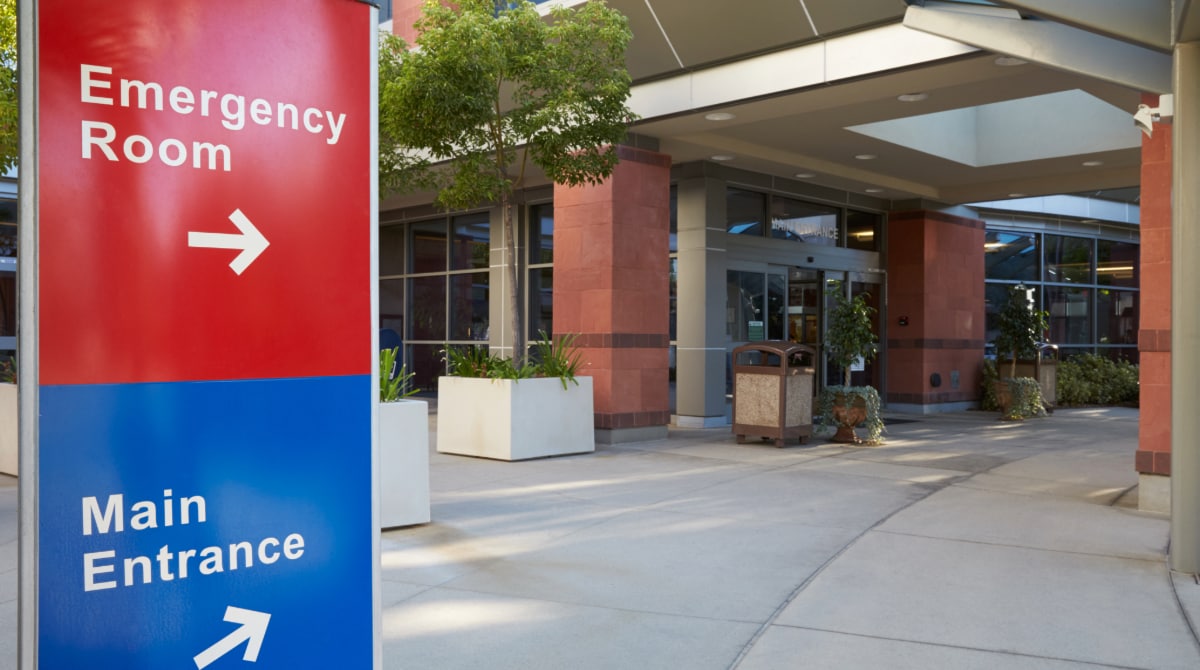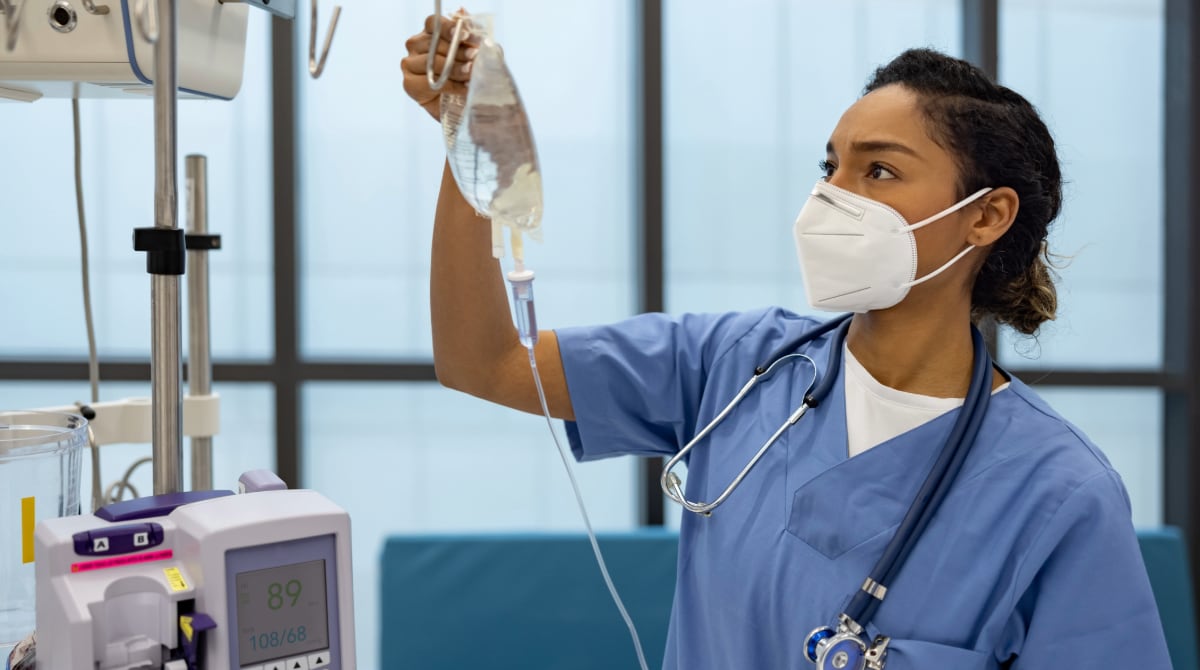Key points
- Seek medical treatment as soon as you suspect rhabdomyolysis (rhabdo)!
- Early treatment can prevent serious complications.
- If treated early, most rhabdo patients return to work in a few days without any lasting effects.
- Treatment options depend on how severe the rhabdo is.

Treatment options
Seek treatment as soon as you suspect rhabdo! If treated early, most rhabdo patients return to work in a few days without any lasting effects.
Treatment options depend on how severe the rhabdo is. Only a healthcare provider can determine how severe it is through blood tests, electrocardiograms (also known as EKGs), etc.
Treatment for less severe cases
- Drinking fluids
- Getting out of the heat
- Resting
Treatment for moderate to severe cases
Moderate to severe cases may need intravenous (IV) fluids and hospital admission.
IV fluids
IV fluids help flush out the muscle proteins and electrolytes. IV fluids can prevent dangerous heart rhythms and loss of kidney function.

Hospital admission
Workers may need to stay at a hospital to prevent severe complications from rhabdo. At a hospital, medical professionals can monitor and treat severe cases for:
- Abnormal heart rhythms
- Decreased kidney function
- Seizures
- Elevated compartment pressures
- High potassium levels
